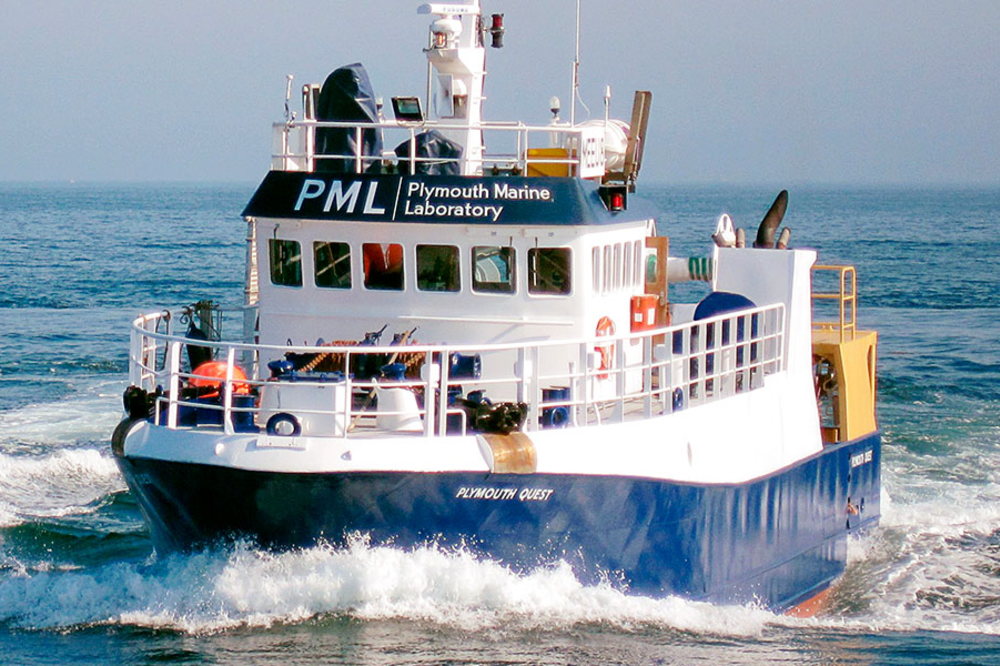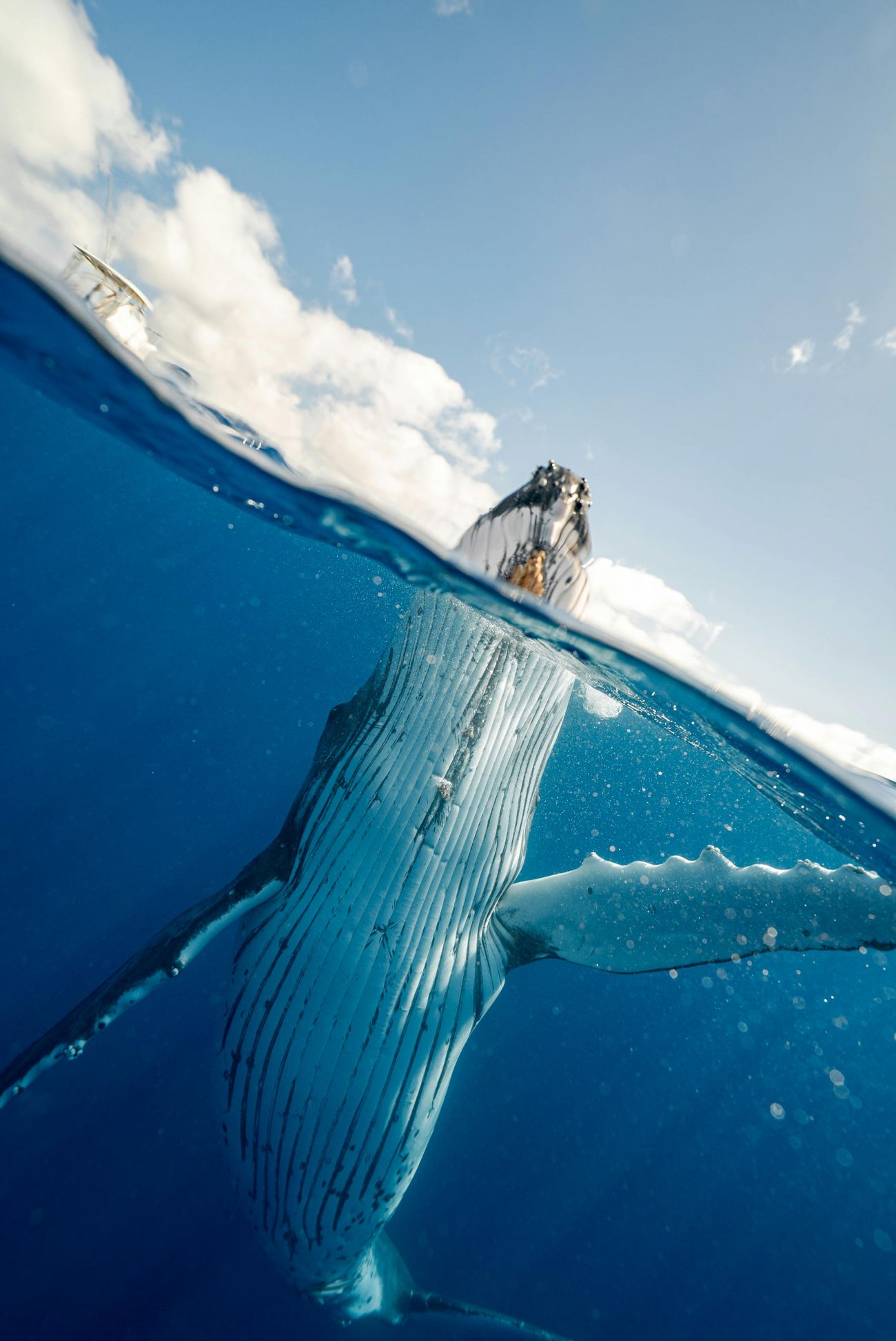Scientific Training at Plymouth Marine Laboratory
From 8 to 12 September 2025, Marija Bačeković Koloper returned to the Plymouth Marine Laboratory for advanced scientific training.
This time, the focus was on the development and application of biophysical primary production models, with a particular emphasis on Bayesian photosynthesis-irradiance modelling. These skills will help her significantly in her ongoing research and professional development in the field of biophysical oceanography. The techniques learned will enhance her ability to analyze ocean productivity and accurately estimate watercolumn production and photosynthetic parameters, specifically while using the data from the global databases of in-situ measurements and P-I parameters. This will strengthen her capacity to interpret biogeochemical data and collaborate effectively in international scientific initiatives

Detalied description of activities during training is provided below:
8th Sept 2025
Introduction to bio-optical models of primary production - Definitions of basic optical variables and optical models, definitions of elementary variables used in primary production models
9th Sept 2025
Photosynthesis irradiance functions - Introduction to the theoretical foundations of the photosynthesis irradiance relationship, coupling of photosynthesis to available light, review of mathematical functions used to model the photosynthesis irradiance relationship
10th Sept 2025
Models for primary production at depth - Literature review of primary production models used to model production at depth, comparison of numerical versus analytical models
11th Sept 2025
Models for estimating watercolumn production - Literature review of primary production models used to model watercolumn production, comparison of numerical versus analytical models, introduction to spectral models
12th Sept 2025
Introduction to ecological models used in oceanography - Introduction to the role primary production models play in the larger ecological models in oceanography





